- Category
- Life in Ukraine
How Rehabilitation Helps Ukrainian Veterans Rebuild Their Lives After Losing Sight
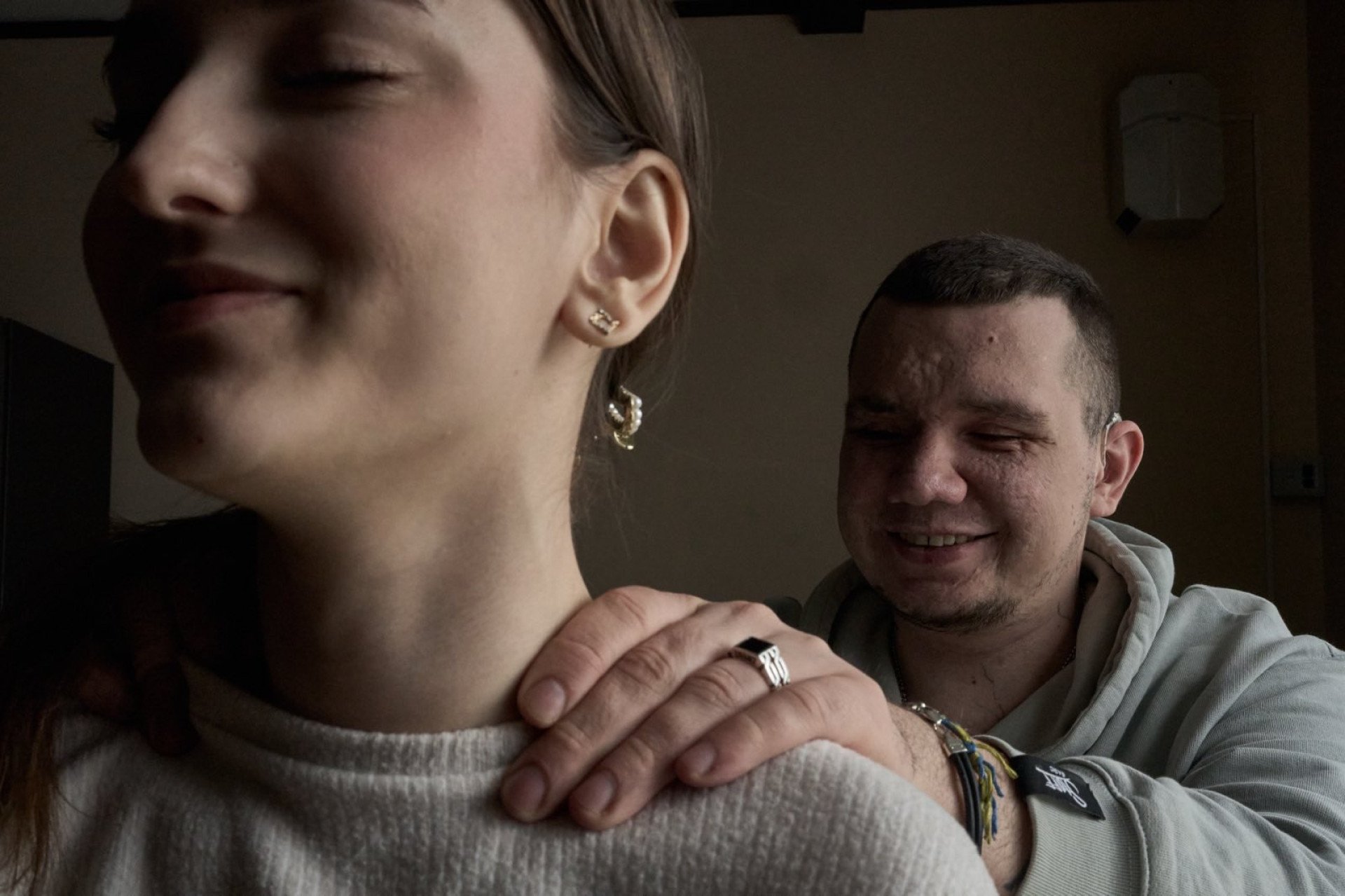
Ukraine is now one of the most mined countries in the world due to Russia’s invasion. On August 9, 2022, sapper Vladyslav Yeshchenko disarmed 84 mines near Bakhmut—until one of the munitions detonated, triggering a chain explosion less than a meter away. In that instant, everything changed.
"I immediately saw only darkness and heard a very loud noise,” Vladyslav, now founder of the charitable foundation “Pobachymo Peremohu” (“Let’s See the Victory”), told UNITED24 Media. “A few seconds later, I regained consciousness and, sitting on the ground, uttered a few words like 'I need help.’”
He felt hands guiding him out of the minefield and his body armor being cut off. Feeling weak, he sat down on the ground and lost consciousness.
Ten days later, without understanding what had happened or how much time had passed, the soldier regained consciousness in one of Kyiv's hospitals. Silence and darkness surrounded him. Vladyslav could not speak, as he was connected to a ventilator and had an endotracheal tube in his throat. His face was bandaged due to severe burns.
At some point, Vladyslav felt that someone was performing some kind of procedure on him and asking him very loud questions in his left ear. He was able to respond to simple questions by nodding his head.
"I asked the doctors if I had eyes,” the soldier recalled. “They told me that they would conduct additional examinations once the wound healed. I wasn’t allowed to touch my face, but when I thought no one was watching, I tried to feel with my hands whether my eyes were still there.”
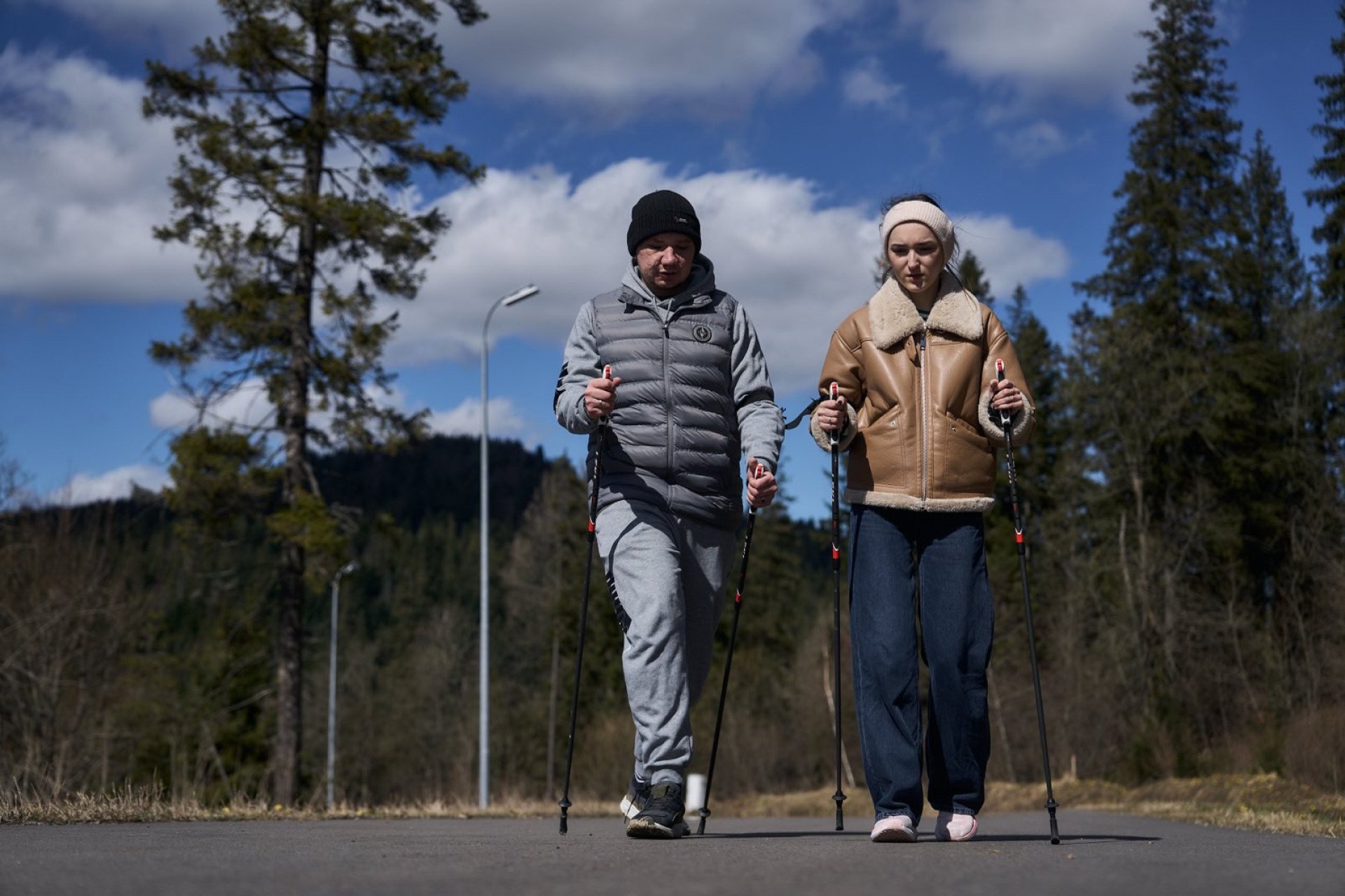
When Vladyslav was first taken outside to get some fresh air, he asked his father about his eyes. His father, honoring their lifelong pact never to lie, told him that both of his eyes had been removed on the second day after the injury.
"I reacted calmly to this information,” said Vladyslav. “I was prepared, so I just changed the subject. But that was when my new life began. It was very difficult mentally. I didn’t understand how to communicate with people anymore or what I needed to do to be independent.”
However, his loved ones' support became the decisive factor in his difficult rehabilitation journey. Vladyslav's story gradually became known across Ukraine, and even a charity fundraiser was launched in his name.
"These things were important to me,” he said. “Not financially important, but the mere fact of support. I realized that the whole country was watching me, and not only our country. The world is watching us not just when we defeat the enemy, but also when we suffer injuries and overcome this additional challenge.”
This is what helped Vladyslav recover quickly. Despite doctors forbidding him to stand on his feet, the soldier started walking anyway, shocking them all.
Two months later, Vladyslav was sent to the Kyiv Institute of Otolaryngology to try to save the hearing in his left ear. Vladyslav notes that it improved slightly, but his hopes were not fulfilled, and without a hearing aid, he cannot hear.
"The entire rehabilitation lasted four months,” says Vladyslav. “It was important for me to realize that I was not under constant care, that I was not a person who always needed help. I am working on my independence.”
After rehabilitation, he founded the charitable organization “Let’s See the Victory,” which supports others by helping them recover.
From training guide dogs to searching for advanced technologies to restore sight
The “Let’s See the Victory” organization was founded on August 24, 2023. One of its key principles is breaking the stereotype that a person in trouble should seek help—on the contrary, the founder emphasizes, that help should seek the person.
“Let’s See the Victory” supports both those who have completely lost their sight and are unable to recover and those with partial damage who have a chance of regaining their vision. Among these people are those who have also lost a limb. The foundation has specific areas of activity for each of these groups.
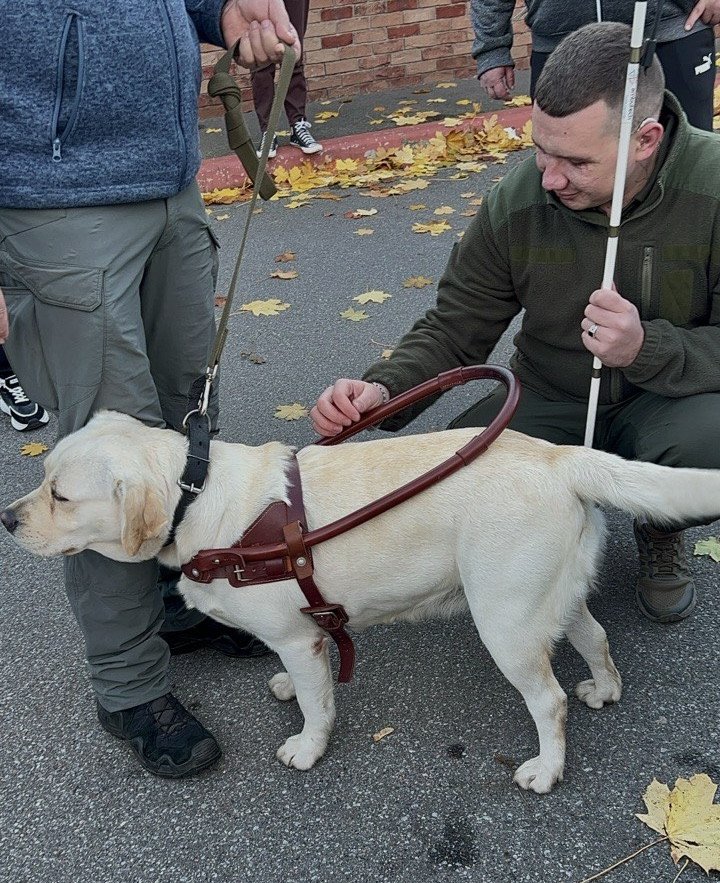
Overall, together with a number of partners, “Let’s See the Victory” operates across eight main activity areas.
Among these areas is the care of people whose vision can still be saved. The organization purchases materials such as bioengineered corneal implants using donations, among other means. The foundation has partnerships with Kyiv hospitals where such complex surgeries are performed.
Rehabilitation camps have been created in collaboration with the public association Suchasnyy Pohlyad (“Modern Vision”) for those whose vision cannot be restored.
Rehabilitation is carried out in four stages, lasting from two weeks to two months. The location varies each time because, in order for a person to develop, they need to be taken out of their comfort zone.
It is important to note that this is not a retreat — participants have different activities every day and work with ten different specialists.
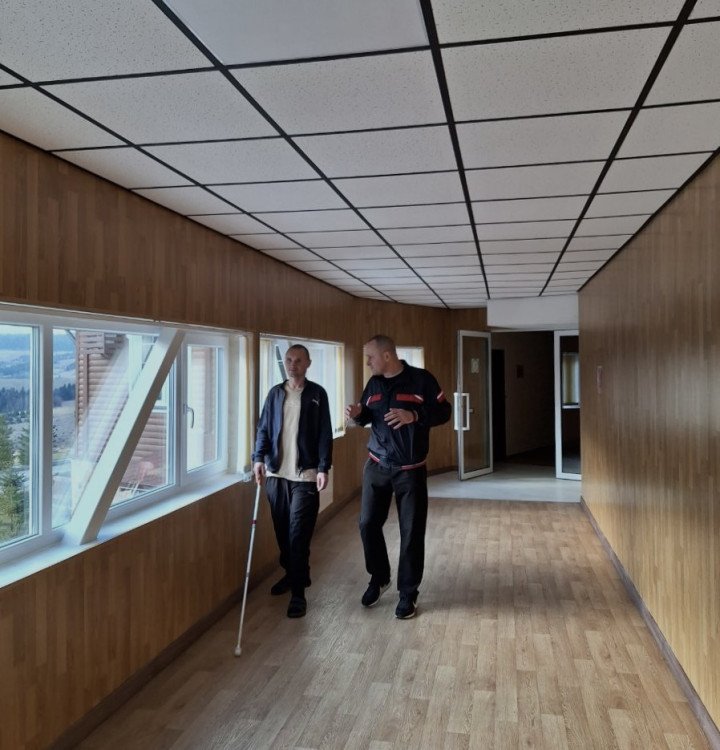
Before exploring a room, participants study a special tablet where they lay out a schematic of the space they will be navigating that day. This is done so that a person can first form a mental image of the space, making it easier for them to navigate it in practice using a white cane.
Orientation in space also includes training for the development of sensory systems, as people who have lost their sight perceive the world through touch, balance, movement, temperature, and pain.
Among other activities are:
Orientation in open spaces
Therapeutic massage
Training in social and daily life skills, helping people learn to care for themselves independently
Braille literacy training
Training in assistive technologies, such as “talking” household devices like blood pressure monitors and scales
Training in the use of smartphones and other gadgets
Educational games, including solving a Rubik’s cube and playing adapted chess
In addition, the camp pays a lot of attention to the physical aspect of rehabilitation. All participants have gym sessions according to personalized programs, fitness, swimming in the pool, and so on.
The feature of such camps is an individual approach to each person, as there is no clear methodology that works for everyone.
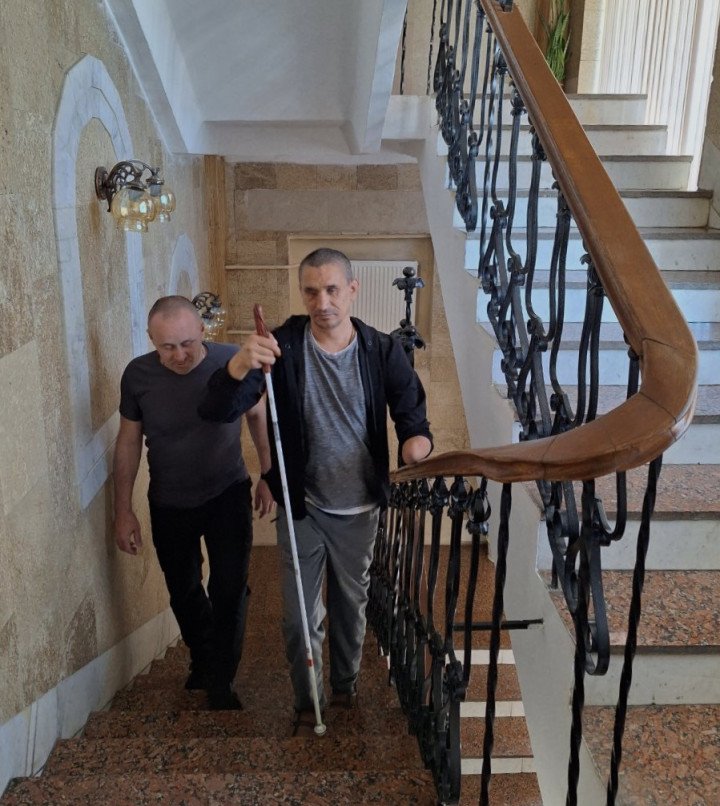
Another direction of the foundation is prosthetics with cosmetic ocular prostheses for those who have had their eyes removed.

The acquisition of assistive technologies is also important. "Let’s See the Victory" provides its beneficiaries with special "talking" household devices, along with white canes and their tips, as well as items for leisure activities, such as tactile chess, puzzles like tangrams, and more.
In addition, the foundation has created the project "Territory of Accessibility." People who have undergone rehabilitation often cannot use the skills they have acquired due to the lack of proper infrastructure on the streets of the areas where they live. Therefore, "Let’s See the Victory" is involved in checking and improving this infrastructure.
The foundation has already checked the homes of five rehabilitation participants. Starting from the entrance, tactile markings have been developed on handrails and in the elevator, elevators with audio features, proper steps and curbs, tactile tiles, traffic lights with audio, pedestrian crossings, and more. Five routes in each of these areas to important infrastructure such as pharmacies, shops, and bus stops have been checked. Necessary changes have been provided to the Kyiv City Administration, which is now implementing them.
Another important project is "Unified Space," within which information is provided to the public, starting from educational institutions and ending with service-providing enterprises. The educational sessions consist of both theoretical and practical lessons on how to correctly communicate with people with disabilities.
The last, but not least, area of activity for "Let’s See the Victory" is the search for modern technologies for vision restoration.
The first partnerships in this area were formed with the Miguel Hernández University in Spain, the Kyiv Institute of Physiology named after Bogomolets, and the Presidium of the National Academy of Sciences of Ukraine.
Stereotypes, adaptive technologies, and nuances
Understanding tolerance means focusing on common ground rather than differences, says the veteran. Using correct terms—“person with a disability,” not “invalid”; “person with vision impairment,” not “the blind”; “wheelchair,” not “invalid chair”; “white cane,” not “stick”—is important.
"Since we are talking about the person first, and then about their description," emphasizes Vladyslav. It’s important to always ask before offering any help and follow the person’s instructions.
There is a stereotype that a person who has lost their sight develops some sort of additional sense. This is not true; what happens is merely the sharpening of perception from the remaining receptors and analyzers.
The human senses are sight, hearing, smell, taste, and sensory perception, that is, tactile sensations. The most important of them is sight, which analyzes 80 percent of the information and sends it to the brain for full analysis of what is happening around. People who have partial or total loss of vision perceive everything through hearing and have a database of people's voices, sometimes even recognizing them by their movements.
Vladyslav not only lost his sight but also suffered severe hearing damage and sustained burns to the mucous membranes.
"The mucous membrane is gradually recovering,” says Vladyslav. “I can already sense some smells, but very rarely, and they are distorted. In other words, unpleasant smells may seem pleasant to me, and vice versa. Thus, I am left only with taste and sensory perception.”
In his case, sensory perception is the primary organ of perception. He explores the world around him by touch, as if his fingers are his eyes. With each passing day, the speed of information processing by his sensory system increases. For example, before, to find the seam on his socks, the veteran would spend a minute, but now it happens instantly.
Orientation is divided into two types — micro space and the open world. In the first, the surrounding environment is explored by touch. If it is an apartment, the person mentally maps the furniture layout and creates orientation points. An important rule is to keep every item in a clearly designated place. Also, doors should either be fully open or fully closed. If they are half open, a person might miss the door with their hands and bump into it.
"In the apartment where I live now with my loved one, I have never lived before,” he says. “I studied it even when there was no furniture here. I personally designed the apartment layout to make it convenient for me. So, here I know every corner.”
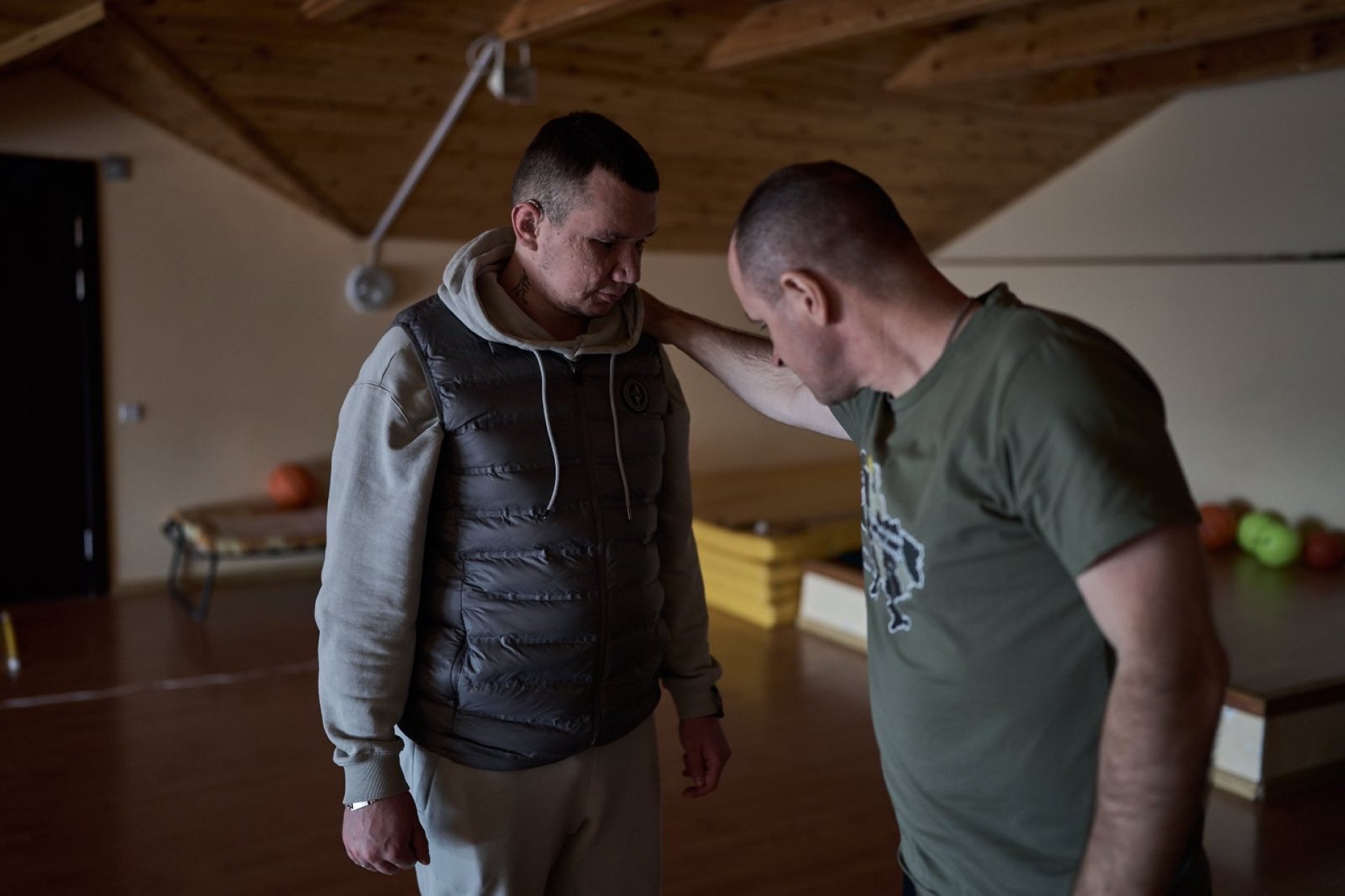
Orienting in the open world is always done with a white cane with a special tip according to the type of surface. It helps tactile sensations understand what obstacles are ahead. The most comfortable combination is the white cane with special tactile paving.
Today, there are also a number of assistive technologies that improve daily life.
"For example, to understand how much water I have in my cup, I don’t need to dip my finger into it or, as some are taught, feel the grams and milliliters with my hand,” says Vladyslav. “Of course, there are people who can do this, but it's very difficult, as each cup has a different weight. In place of this, there is a liquid sensor that gives a signal when the container is filled to the desired volume.”
Other assistive technologies include "talking" devices such as blood pressure monitors, thermometers, glucometers, kitchen scales, clocks, and educational and entertainment games. Some devices, like those for reading text, money, and colors, are being replaced by artificial intelligence.
"In less than a minute, I can take your photo and ask AI to describe how you look, what you’re wearing, and what’s in your hands. In this way, I can take a photo of any device and ask how to turn it on," says Vladyslav, noting that this significantly improves quality of life.
Special glasses have recently been developed that, using AI, describe the surrounding environment to the person through earphones.
However, the first problem with adaptive devices is their limited variety — there is a very small list of devices that speak Ukrainian. The second problem is that the devices provide inaccurate data.
"I have two talking sphygmomanometers — one in Ukrainian and one in English. Both measure blood pressure incorrectly,” he says. “This can be dangerous, as based on the data, a person may start taking medication when it's not needed. The same goes for kitchen scales, which can provide significant errors. So, there may be many assistive technologies, but few are of good quality.”
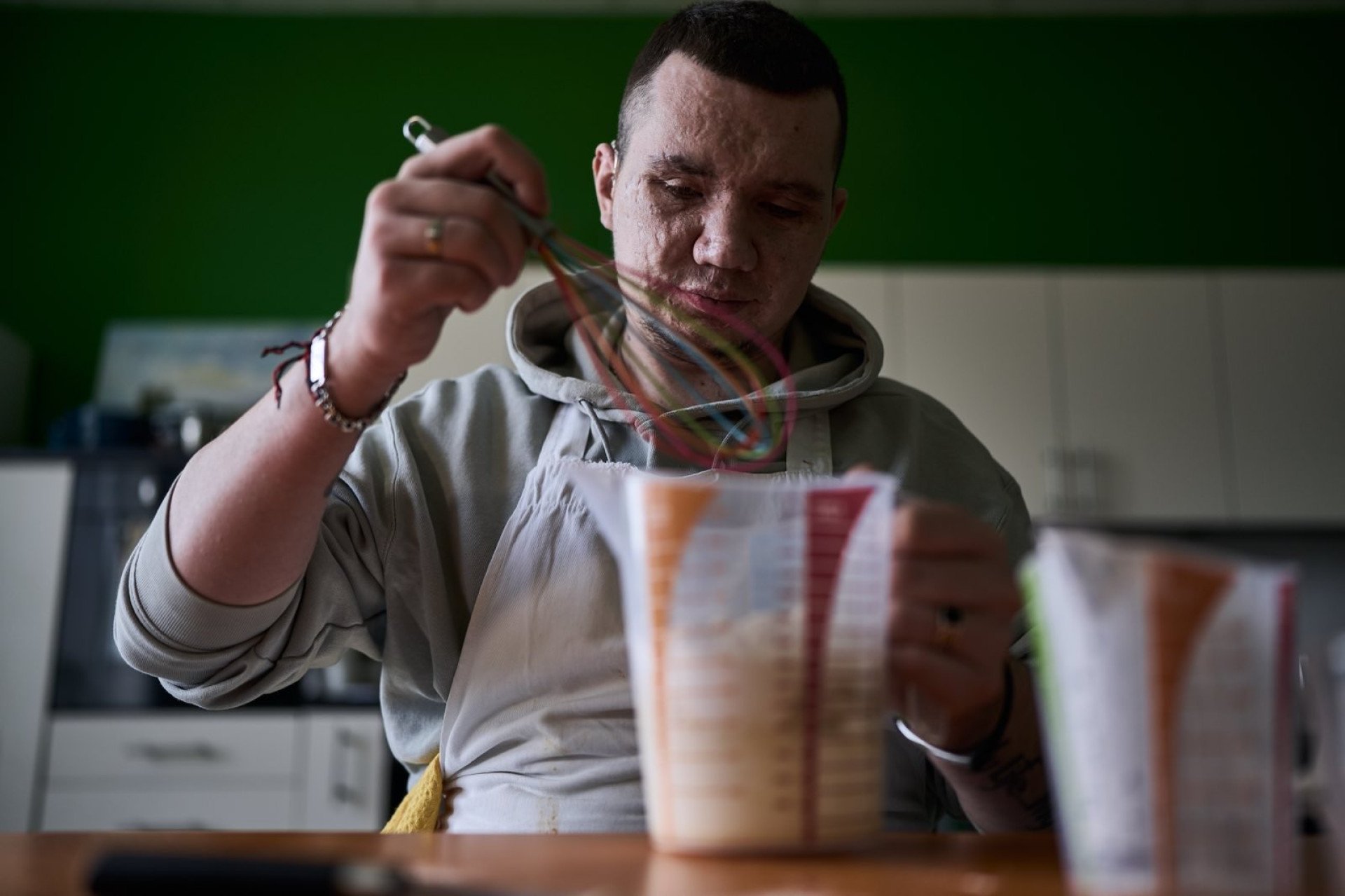
In this regard, the foundation works with young innovators who have expertise in electronics. The idea is to take examples of high-quality devices in foreign languages and make them available in Ukrainian or modify existing ones by creating a Ukrainian firmware.
Are there technologies that can restore sight?
Many scientists are exploring the topic of vision restoration. However, according to Vladyslav, none of the existing technologies work. Sensational news about eye transplants or the use of stem cell technologies has remained just headlines.
Nevertheless, developments continue, and the foundation is in contact with some developers. One of them is the previously mentioned Miguel Hernández University in Spain, whose employee developed a bionic eye. Although the technology is still being refined, the patient who tested the device was able to see the world in the form of glowing dots, enough to identify letters and people.
Another contact is with scientists working on Elon Musk's Neuralink technology. Essentially, it's a chip that could restore sight to those who have completely lost it.
"Today, this is a very promising technology,” says Vladyslav. “When human trials begin, we will use all our resources and make arrangements for our beneficiaries to participate.”
Results of the "Let’s See the Victory" foundation's activities in 2024
Despite losing his sight, Vladyslav created a foundation that has already helped dozens of people. In 2024, thanks to "Let’s See the Victory," 19 people regained their sight, and 98 people received cosmetic eye prostheses. In addition, the foundation contributed to the funding of two rehabilitation camps for military personnel.
As part of the "Unified Space" project, over thirty educational sessions were conducted, educating more than five thousand people.
"Let’s See the Victory" continues to regularly purchase assistive technologies for those under its care. The first guide dog, which is currently being trained by specialists, was also purchased for veterans.
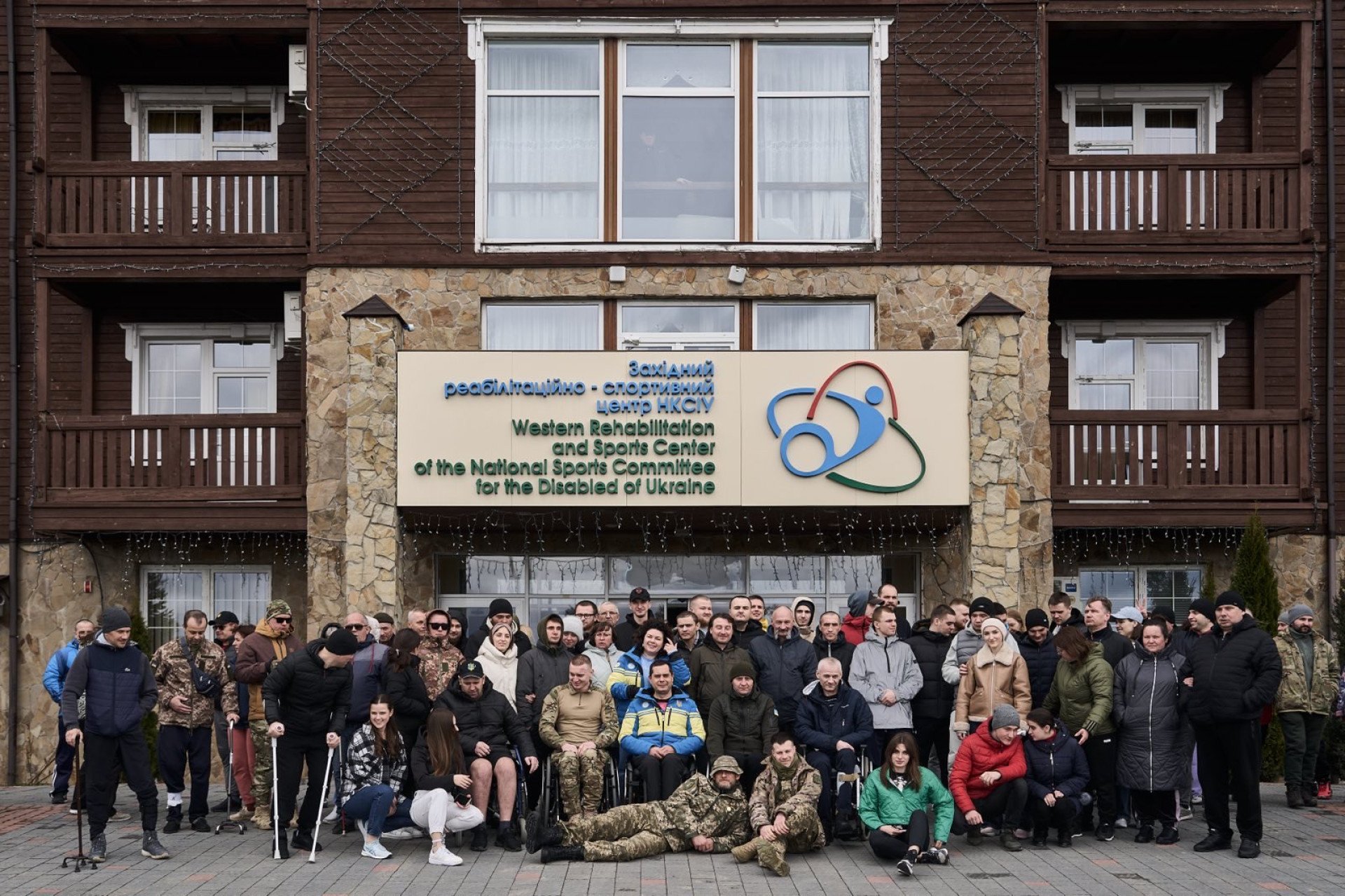
And last but not least, all of this became a reality, in particular, thanks to the donations of caring people. In total, 3.8 million hryvnias ($91,000) were raised last year.
"Every hryvnia helped us save sight and give hope,” emphasizes Vladyslav. “I thank everyone who trusts and supports us. This work would be impossible without you.”

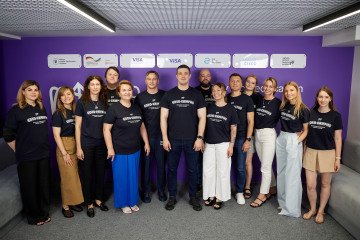
-29a1a43aba23f9bb779a1ac8b98d2121.jpeg)
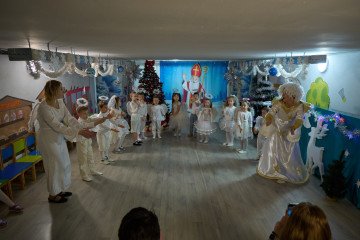
-f88628fa403b11af0b72ec7b062ce954.jpeg)
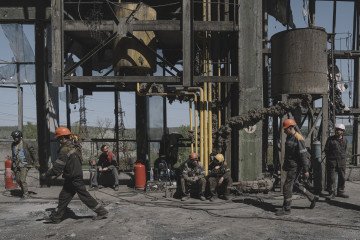
-24deccd511006ba79cfc4d798c6c2ef5.jpeg)
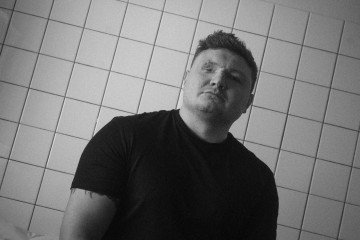
-73e9c0fd8873a094288a7552f3ac2ab4.jpg)